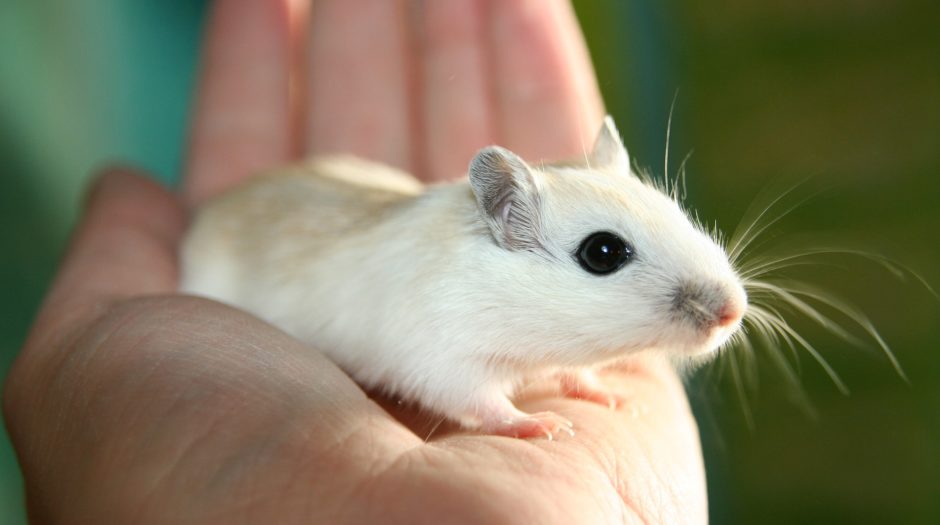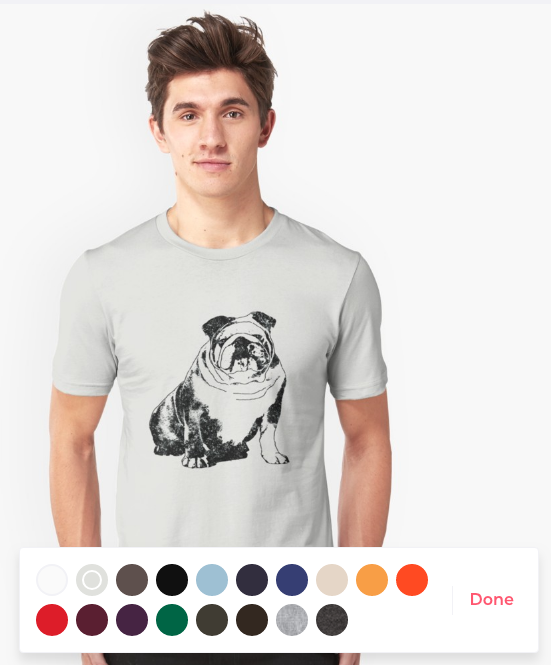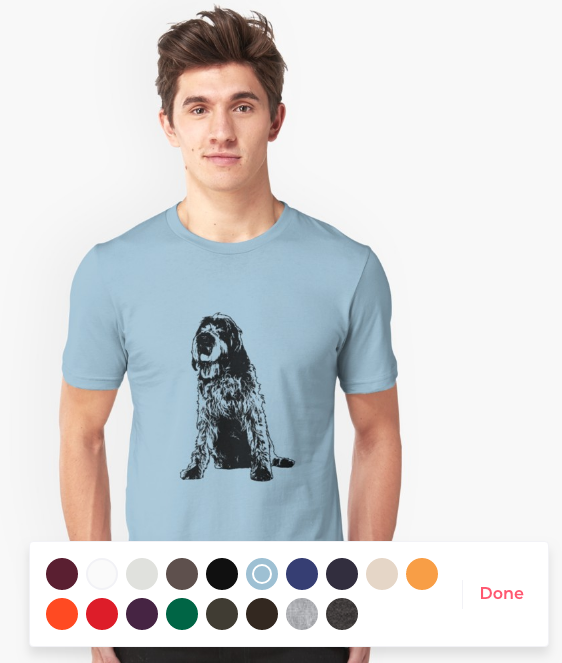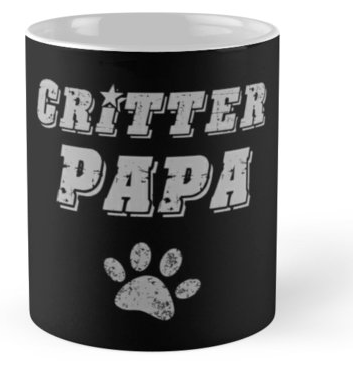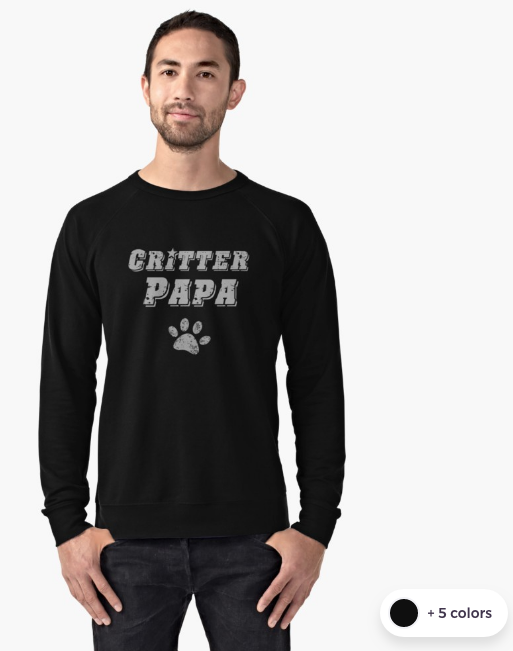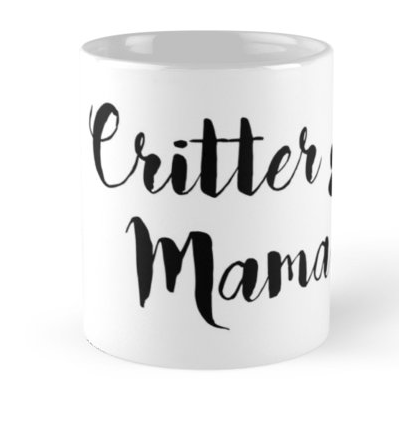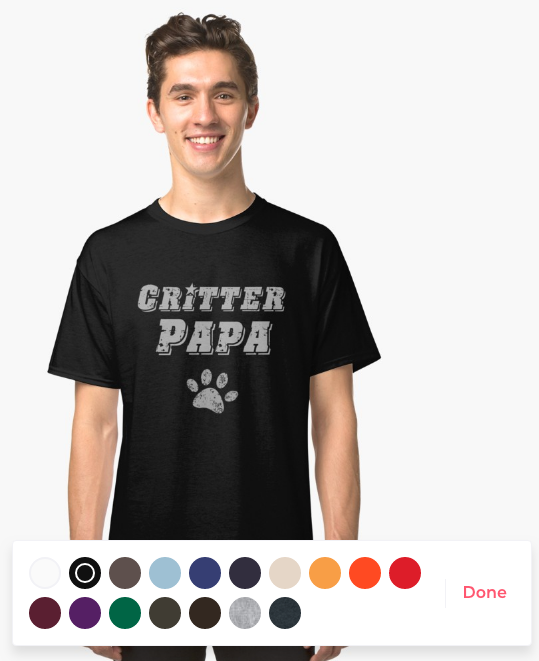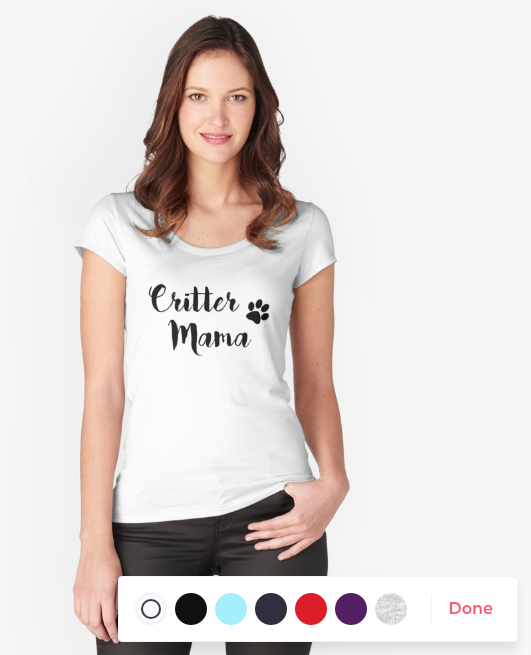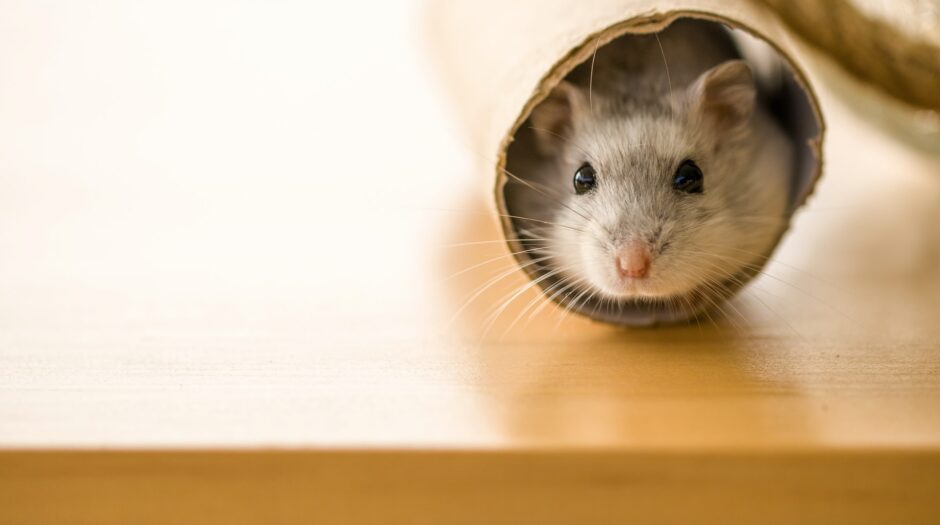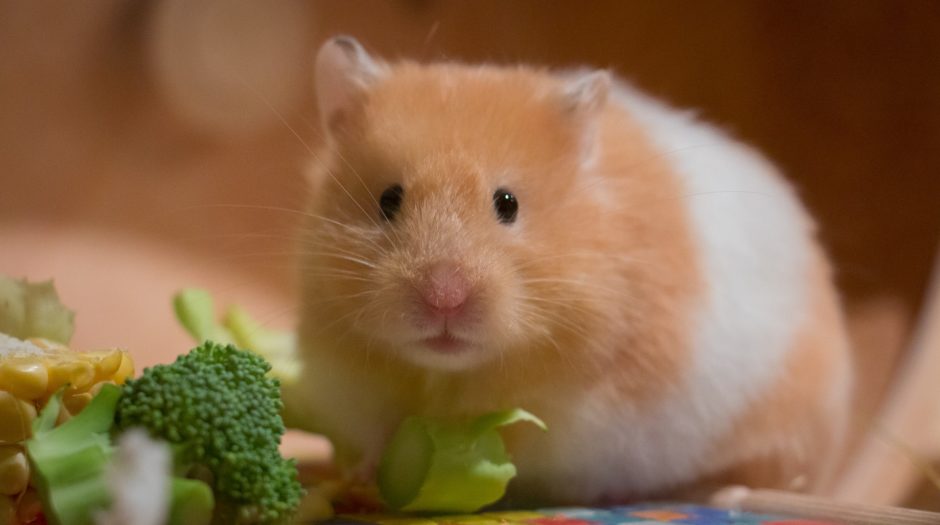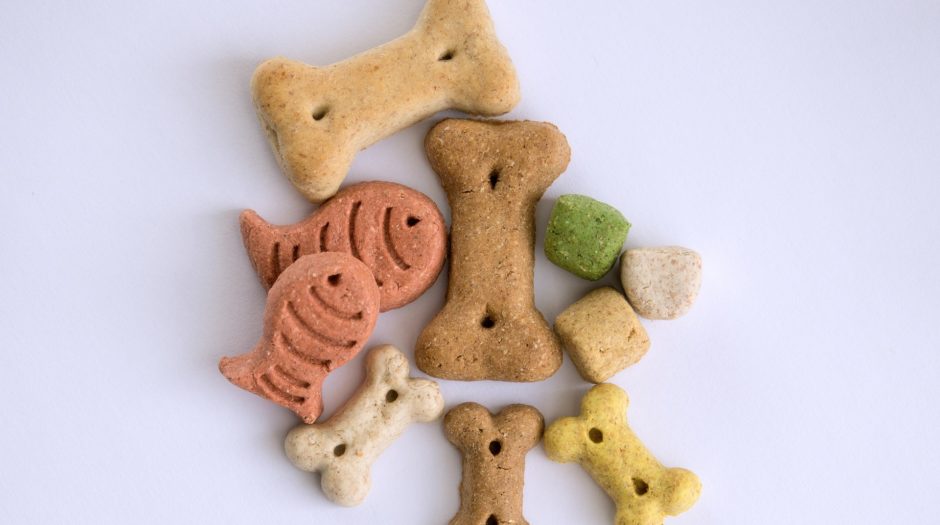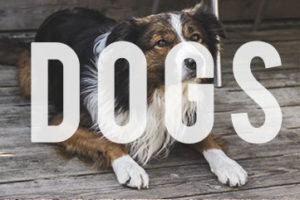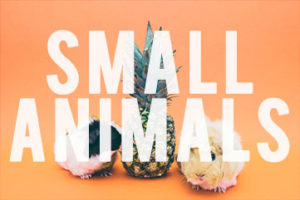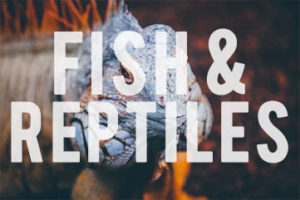Gerbils: The Ultimate Guide to Care, Food, Cleaning and Entertainment
Originally gerbils were known as “desert rats”. They originated in the deserts of Africa, Asia, India and the Middle East and eventually came to North America where they started to become our beloved pets.
There are over 100 species of gerbils however the most familiar and popular would be the Mongolian gerbil or the fat-tailed gerbil. Gerbils also tend to have a calm and curious nature as long as they aren’t threatened. which can make them a great choice for a small and affordable pet.
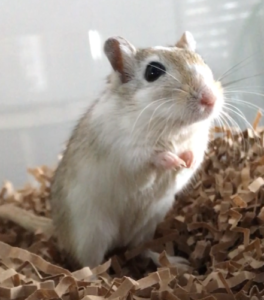
Mongolian Gerbil
Here we’ve provided you with a list of 9 things you may want to know before buying a gerbil regarding care, tips, and a bit of additional info. We’ve also offered some best reviewed suggestions from our Amazon Affiliate links. There is no cost to you and it helps keep the lights on around here. (Thanks!)
1. Provide them with fresh food and water every day.
It is important to provide both food and water for your gerbils. Make sure you are giving them a balanced diet with all of the nutrition they need. Their food may consist of pellets or a mixture of seeds. Also make sure you are giving them a little bit of a variety in their diet sometimes. This can include vegetables, fruits, or even some sugar-free cereals.
Their water can be provided in a water bottle or a gerbil food dish. Either one works but it’s less messy in a water bottle. Also make sure you’re checking their water bottle daily as there can sometimes be blockages and/or leaks. Their water should be changed daily or at least once a week so it’s nice and fresh for your gerbils.
- No-drip water bottle, 80 ml capacity and measures 5" tall and 1.75" in diameter. Hideout at the bottom is 4.25" tall with an 1.5" x 1.3" entrance. Combined together, the bottle and hideout measures 6.25" in height. Ideal for hamster, mouse and other small furry animals.
- Transparent, wide-mouth plastic bottle with large ball-point tube cap assembly.
- Fun nesting and resting, provide a safe harbor for your small animal with lookout holes to keep an eye out.
- Green, ceramic, non-porous, bacteria-safe water and food dish
- Ergonomically slanted for easy access to small animal food or water
- Base heavy to prevent tipping over in your pet’s small animal cage
2. Make sure the enclosure is large enough.
A decent sized enclosure is definitely needed for your gerbil. You wouldn’t want them to be cramped in a small enclosure. They need room to move around, burrow and exercise.
Minimum sizes vary depending on how many gerbils you have. One gerbil needs at least 5-10 gallons of space, two gerbils need at least a 10-15 gallon enclosure, etc. *Bigger is always better but if you don’t have enough space for a big enclosure, ensure that you at least have the minimum size.
Deciding on an enclosure…
There are several options when deciding on an enclosure…
For more information and recommendations consider checking out our article on the Best Gerbil Cages, which includes the best cage options, what to look for when shopping for an enclosure, where to buy them, and more!
Glass tank/Terrarium
Pros
- They are a great/popular option and are fairly easy to clean
- Can be inexpensive
- Provides you with a better view to watch your gerbils.
- Your gerbil cannot chew through it.
- Can buy a cage topper (depending on the tank) to provide extra space for burrowing
- Provides plenty of space for burrowing
Cons
- Need to buy/diy a lid that allows air circulation
- Depending on the lid the ventilation may not be the best
*If you do decide on this, make sure you get a mesh/wire/wood (with air holes) lid that fits on top to stop your gerbils from escaping but still allows air circulation within the tank. You can either make it yourself or buy one at the store.
Wire cage
Pros
- There are a variety of different ones to choose from
- They allow a lot of airflow
Cons
- Can get messy- the bedding will fall out of the cracks between the bars
- Most don’t have a tray/bottom high enough to provide a good amount of bedding for burrowing
- The tray is often plastic and your gerbils could chew through it
- Gerbils may constantly try to gnaw on the bars
*If you do choose to get a wire cage make sure the bars are close enough together so that your gerbils can’t escape or get their tails/ feet caught in between them. It’s recommended that the bars are about ½ -inch apart.
Gerbilarium
*Gerbilariums are a mix between a glass tank and a wire cage. The glass tank is used for burrowing and the top half (cage) is used for putting the food bowl, water bottle and other accessories. You can turn a glass tank into a gerbilarium if you buy a cage topper or you can buy one with both parts online/at a store.
Plastic cage
Pros
- You can buy them in fun colors/styles
Cons
- Some styles don’t allow much ventilation
- Causes cage to smell more quickly
- You’ll have to clean their cage more often
- Gerbils will probably chew through the plastic and escape
*Even though it’s not recommended for their main enclosure, you can still use it as a play structure when cleaning and/or letting them play.
3. Make sure they have a buddy (or more!)
Gerbils are social animals which means they need a friend/sibling to be happy. In the wild gerbils live in colonies or family groups. They need someone to snuggle with when sleeping and play with when awake. If they are left on their own, they may get unhappy even if you play with them constantly. Studies have also shown that gerbils live longer and healthier lives than gerbils who are solitary. Gerbils will get lonely and potentially depressed without company if it’s own species.
*Make sure you are getting gerbils of the same sex or else you may end up with a bunch of gerbil babies!
4. Clean the enclosure regularly.
Make sure your gerbil has a clean environment to live in. Gerbils are generally clean animals, they don’t urinate as much as other animals and tend to pee and poop in a designated spot in their cage, which makes it easier to spot clean. You should spot clean about once a week, depending on how many gerbils you have and how smelly/dirty the enclosure is.
Spot cleaning simply includes scooping out their poop and wet bedding. Once or twice a month, you’ll need to wash out the cage completely. This means removing everything from the cage, throwing out old bedding and using warm soapy water to wash the interior of the cage. After using soapy water, use clean water to thoroughly rinse it out because the soap could be harmful for your pet. Make sure the cage is completely dry before putting their bedding, huts, and other accessories back in.
5. Place the enclosure in a good location.
You’ll need to choose a good place for the gerbil cage. Gerbils need a nice and quiet place to live. You should find a quiet place in your home for the enclosure. It’s best if they’re away from running water, televisions, etc. Also make sure that the enclosure is in a place where the temperature doesn’t change too much. Position the cage in a place where it is away from direct sunlight, or air conditioning.
6. Provide entertainment.
Gerbils have a curious nature, which means that without entertainment they may get bored pretty easily. Make sure you’ve given your gerbils a good amount of bedding that they can burrow through. The recommended amount is 5-6 inches deep. (Check out our article on the best gerbil bedding.) Another piece of entertainment you can provide them with is toys. You can buy them or even make some yourself.
Give them things they’ll enjoy doing, like bridges, tunnels, and chew blocks. Something easy and simple you can do is just plop a toilet paper tube in their cage, gerbils live chewing on toilet paper tubes and will demolish it before you know it! You can also provide a wheel but not all gerbils enjoy running on one.
7. Take them out for playtime/exercise
* If your gerbil is new, give them a few days to adjust to their surroundings before handling.
Gerbils enjoy being taken out of their cage so that they can cuddle or just have time outside their cage. Before you pick your gerbil up you’ll need to build trust. This means letting it adjust to its new home, putting your hand in the cage, and giving it treats such as sunflower seeds, store-bought treats, etc… Doing this will help you build trust with your gerbil and allow them to get used to your scent. When you put your hand in the cage just allow them to crawl on your hand. Remember patience is key.
Once you’ve built trust you can begin trying to pick them up. To pick up a gerbil try to make them go to the corner of their enclosure, then scoop it up from underneath, not above, and most importantly NEVER from it’s tail. If you try to catch them from above I’ll look like a predators claw (like a bird) and they may get scared.
Gerbils have a thin layer of skin over their tails and if you try to pick it up by the tail the skin could slip/break off. They have this defense system for in the wild, but even gerbils in captivity have it. This defense system allowed gerbils in the wild to slip away from predators. Unfortunately, after a gerbil loses its tail it won’t grow back. (Which is why you should NEVER pick up a gerbil by the tail)
Gerbils are not the easiest to pick up, they’re fast, and find locations where it’s hard to reach/get to them. Make sure you’re letting your gerbil move around. Let your gerbil have the freedom to walk around on your hands, arms, and/or legs, etc. Just make sure you are keeping an eye on them because they’re great at escaping! Another thing you can do once you’ve got them out of the cage is to set up a play enclosure, so they’ll be able to explore, play, and smell new scents. You can put your gerbil inside of a play enclosure when you’re cleaning it’s cage or even just for fun! Don’t punish your gerbil for nipping/biting you, if needed you can softly blow its nose.
8. Gerbil sleeping schedule
Gerbils don’t have a specific sleeping schedule. They take sleeping cycles, which means they’ll sleep for an hour or two and then are awake for about the same amount. In your gerbils enclosure make sure you have one or more “hide areas”/ nesting box so they can be more comfortable and not so in the open.
- A natural, solid-wood hideout for your hamster
- Constructed from quality timber, these fun hideaways provide pets with a natural sense of security
- Innovative "castle" shape was designed to allow the houses to stack nested on the shelf
9. Sand baths are recommended.
Since gerbils are a desert species, they adapted to using sand to bathe themselves, giving themselves a clean and shiny coat. You might think you should use water but don’t unless it’s an emergency. Water removes important oils/molecules from their coats and can lead to skin problems. It’s recommended to give your gerbil a sand bath about once a week.
To give a gerbil a sand bath you need to buy sand and pour it into a bowl that won’t tip over easily. There isn’t really sand made specifically for gerbils but chinchilla sand works. Just make sure it’s sand not dust as dust can cause respiratory problems for your gerbil.
Fill the bowl about halfway and then let your gerbils roll around in it. They can bathe themselves so you don’t have to pour sand on them. You can either leave the sand bath in the cage so they can use it whenever, or you can leave it in for a few minutes and then take it out. Just remember that your gerbil might poop in it and you’ll need to clean it out (a sieve can work).
- 52.8 oz. Chinchilla Sand.
- Constructed with the highest quality materials for your pet.
- Keeps your pet entertained for hours.
Gerbils make great pets and we hope you enjoy yours!

